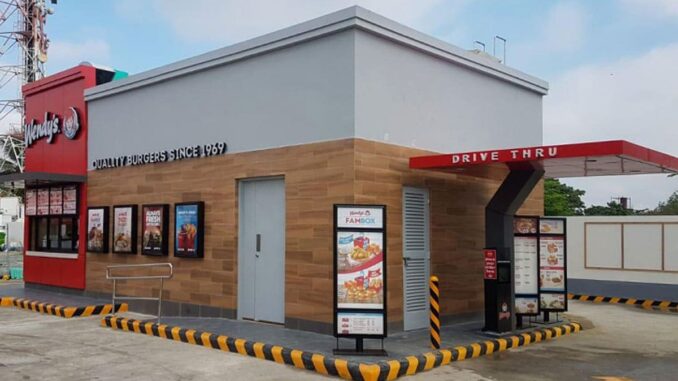
By Orit Naomi, RTN staff writer - 6.3.2025
The Wendy’s Company opened 74 new restaurant locations in the first quarter of 2025—including 28 in the U.S.—as part of a broader effort to modernize operations, improve customer experience, and strengthen its market presence. This expansion supports the company’s ongoing investment in digital infrastructure and operational efficiency.
A key element of this growth is the continued rollout of Wendy’s “Global Next Gen” restaurant design. Introduced to increase efficiency and throughput, the format integrates a range of digital tools and automation technologies intended to streamline operations and enhance guest service.
One of the more notable technologies featured in these new locations is FreshAI®, a voice-enabled ordering assistant designed to process customer orders using natural language processing and machine learning. FreshAI helps reduce wait times and improves ordering accuracy, while also enabling personalization based on previous orders and preferences—potentially contributing to higher ticket values and repeat visits.
Wendy’s also continues to expand its use of self-service kiosks, which allow guests to customize orders and complete transactions independently. This not only supports faster service during busy periods but also enables staff to focus on food preparation and hospitality. The kiosks are paired with dynamic digital menu boards, which update in real time to reflect local inventory, promotions, and market conditions.
Behind the scenes, the new restaurant designs include updated kitchen layouts supported by kitchen display systems (KDS) and IoT-enabled equipment. These systems help staff manage order flow, monitor cook times, and track inventory levels. By automating routine tasks and providing real-time data, Wendy’s aims to improve food consistency, reduce waste, and increase overall output.
The company is also incorporating energy management systems, including smart lighting, HVAC controls, and sensors to reduce energy usage. These sustainability measures support Wendy’s long-term environmental goals while helping control operating costs. Internal reports suggest energy savings of around 10% per location.
The recent openings come after Wendy’s closed approximately 140 underperforming locations in 2024, allowing for a reallocation of resources toward higher-performing markets and new store formats. This transition reflects a broader shift toward operational optimization and strategic reinvestment.
From a competitive standpoint, Wendy’s approach to digital transformation aligns with industry-wide trends. Major QSR brands such as McDonald’s and Taco Bell are also investing heavily in AI, app-based ordering, and automation. Wendy’s technology upgrades—particularly in personalization and automation—are seen as essential to maintaining relevance and efficiency in a highly competitive sector.
International expansion also plays a role in Wendy’s growth strategy. The brand has targeted select global markets where consumer interest in digital ordering and QSR formats is growing. Re-entry into Australia and new locations in the Asia Pacific region reflect a data-informed strategy to pursue regions with strong potential for growth.
According to company filings, over 30% of Wendy’s capital expenditures in Q1 2025 were directed toward technology, signaling its importance to the brand’s long-term strategy. Executives have pointed to digital innovation not just as an enhancement, but as a foundational element of the company’s business model moving forward.
Looking ahead, Wendy’s plans to open as many as 1,000 new restaurants globally by the end of 2028. Much of this growth is expected to be supported by continued investment in digital platforms, automation, and customer-facing technology—areas that the company views as critical to improving service and sustaining profitability.
As the quick-service industry continues to evolve, Wendy’s is positioning itself to compete on both operational performance and guest experience. The company’s focus on practical technology integration across its new restaurants suggests a long-term strategy rooted in efficiency, adaptability, and digital maturity.

